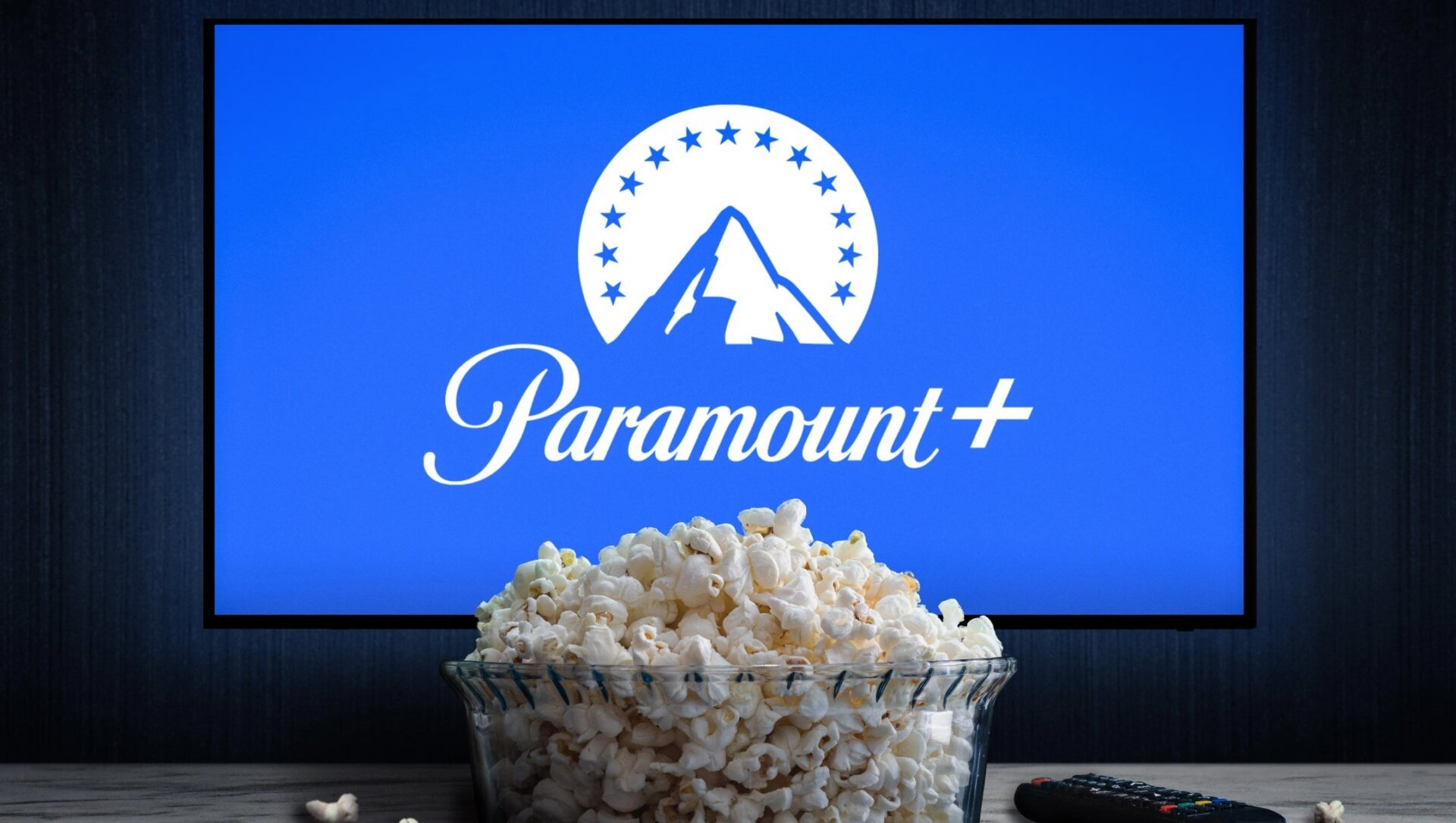
Paramount+ Joins the Streaming Price Hike Parade, Leaving Subscribers Frustrated
Paramount+ subscribers are bracing for another round of price increases, adding to the growing sentiment that streaming services are increasingly squeezing consumers for every possible dollar. The news, announced this week, confirms that various Paramount+ subscription tiers will see their monthly costs rise in the coming months, a move that mirrors similar price hikes implemented by virtually every major player in the streaming landscape.
The price adjustments break down as follows: Subscribers currently enjoying the bundled Paramount+ and Showtime plan will experience a modest $1 increase to their monthly bill. This change will be implemented in two phases: new subscribers to this package will see the price adjustment reflected in their bills starting August 20th, while existing subscribers will feel the impact beginning September 20th.
For those holding onto the legacy Paramount+ limited commercials plan – a subscription tier no longer available to new customers – the cost will also increase by $1, bringing the total monthly price to $7.99, effective September 20th.
Perhaps the most significant price jump affects the Paramount+ Essential subscription, another ad-supported tier. This plan will see a $2 increase, pushing the monthly cost up to $7.99, starting August 20th. This represents a substantial percentage increase for a tier ostensibly positioned as a more budget-friendly option.
Gizmodo, reporting on the price increases, has reached out to Paramount Global for an official comment on the decision and its rationale. As of this writing, Paramount Global has yet to respond, leaving subscribers to speculate about the underlying reasons for the escalating costs.
The Paramount+ price hike is far from an isolated incident. Indeed, it underscores a worrying trend that has swept across the streaming industry. From Netflix to Hulu, Disney+ to (HBO) Max, nearly every major streaming service has consistently raised prices over the past few years. This relentless upward pressure on subscription fees has left many consumers feeling increasingly burdened and questioning the long-term value proposition of streaming entertainment.
The only apparent exception to this widespread price inflation, at least within the author’s personal streaming roster, is the Criterion Channel. This niche service, dedicated to classic and contemporary art-house cinema, has seemingly managed to maintain its pricing structure, providing a refreshing contrast to the price gouging practices of its larger competitors. This stability, the author notes, is yet another compelling reason to consider subscribing to the Criterion Channel for cinephiles seeking high-quality film programming without the constant threat of rising costs.
The increasingly frequent price increases raise fundamental questions about the sustainability of the current streaming model. Streaming services initially attracted consumers with promises of affordable access to vast libraries of content, often at prices lower than traditional cable television subscriptions. However, as the streaming landscape has become more fragmented and competitive, services have increasingly relied on price hikes to boost revenue and profitability.
This strategy, however, risks alienating consumers who may ultimately decide that the cost of subscribing to multiple streaming services outweighs the benefits. The sheer number of platforms available, each with its own exclusive content and subscription fees, has created a situation where viewers are forced to make difficult choices about which services to prioritize.
The article paints a somewhat bleak picture of the power dynamic between streaming companies and their viewers, suggesting that companies effectively hold a "gun to viewers’ heads." The argument is that if consumers desire to access the original content produced and distributed by these platforms – regardless of whether they deem it genuinely worthwhile – they are essentially compelled to accept whatever pricing terms the companies dictate.
This perceived lack of consumer choice and the escalating cost of streaming entertainment have led to growing frustration and a sense of exploitation among viewers. Many are beginning to re-evaluate their streaming subscriptions and explore alternative options, such as purchasing physical media, accessing free ad-supported streaming services, or even returning to traditional cable television packages, albeit with a degree of reluctance.
The long-term consequences of these price hikes remain to be seen. It is possible that streaming services will eventually reach a point where consumer resistance becomes too strong, forcing them to re-evaluate their pricing strategies and find alternative ways to generate revenue. Perhaps they will explore more innovative advertising models, offer more flexible subscription options, or prioritize cost-cutting measures to avoid further price increases.
However, in the short term, it appears that consumers will continue to bear the brunt of the streaming industry’s relentless pursuit of profitability. The Paramount+ price hike is simply the latest example of this trend, and it serves as a stark reminder that the era of affordable streaming entertainment may be drawing to a close.
